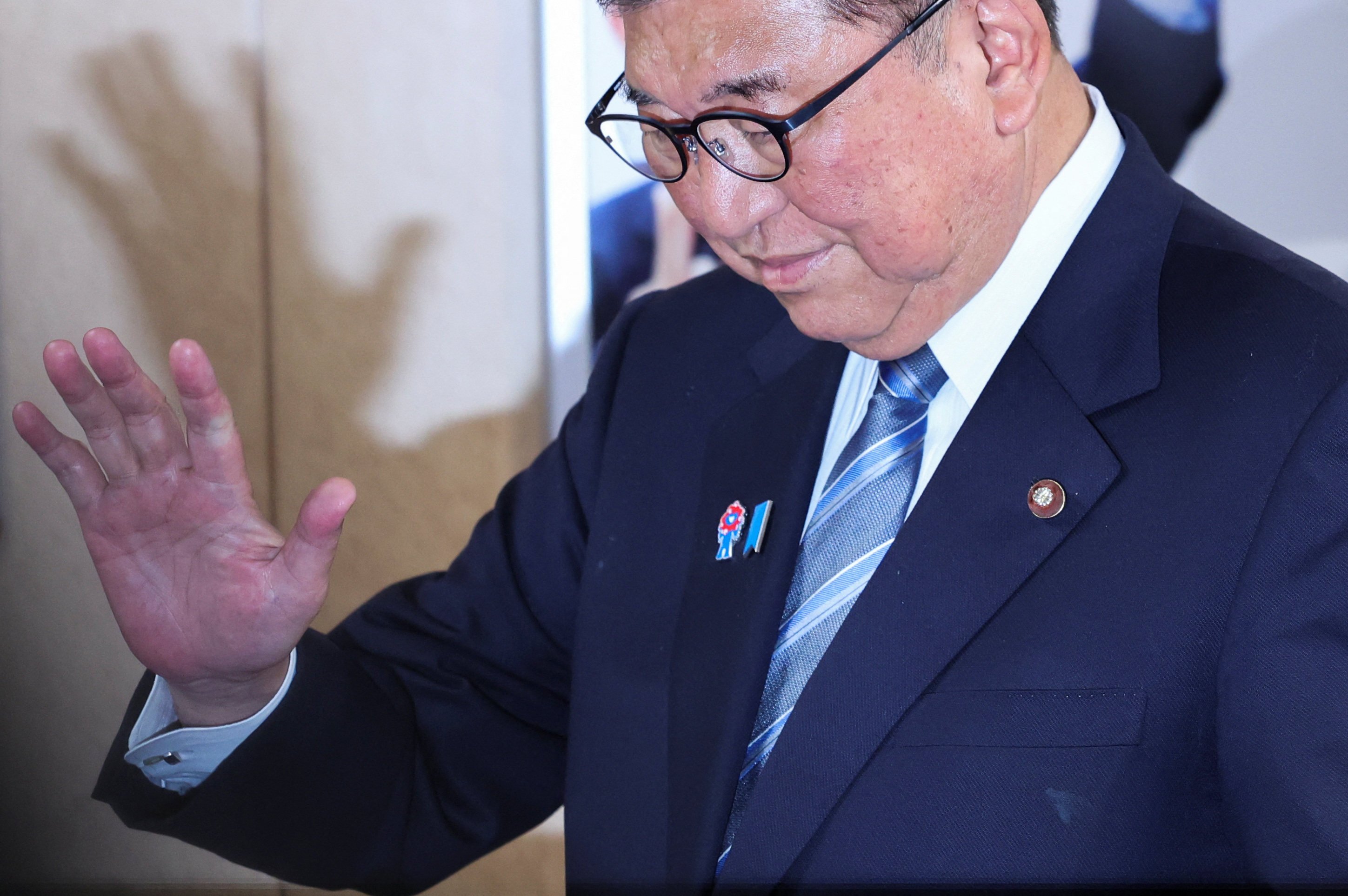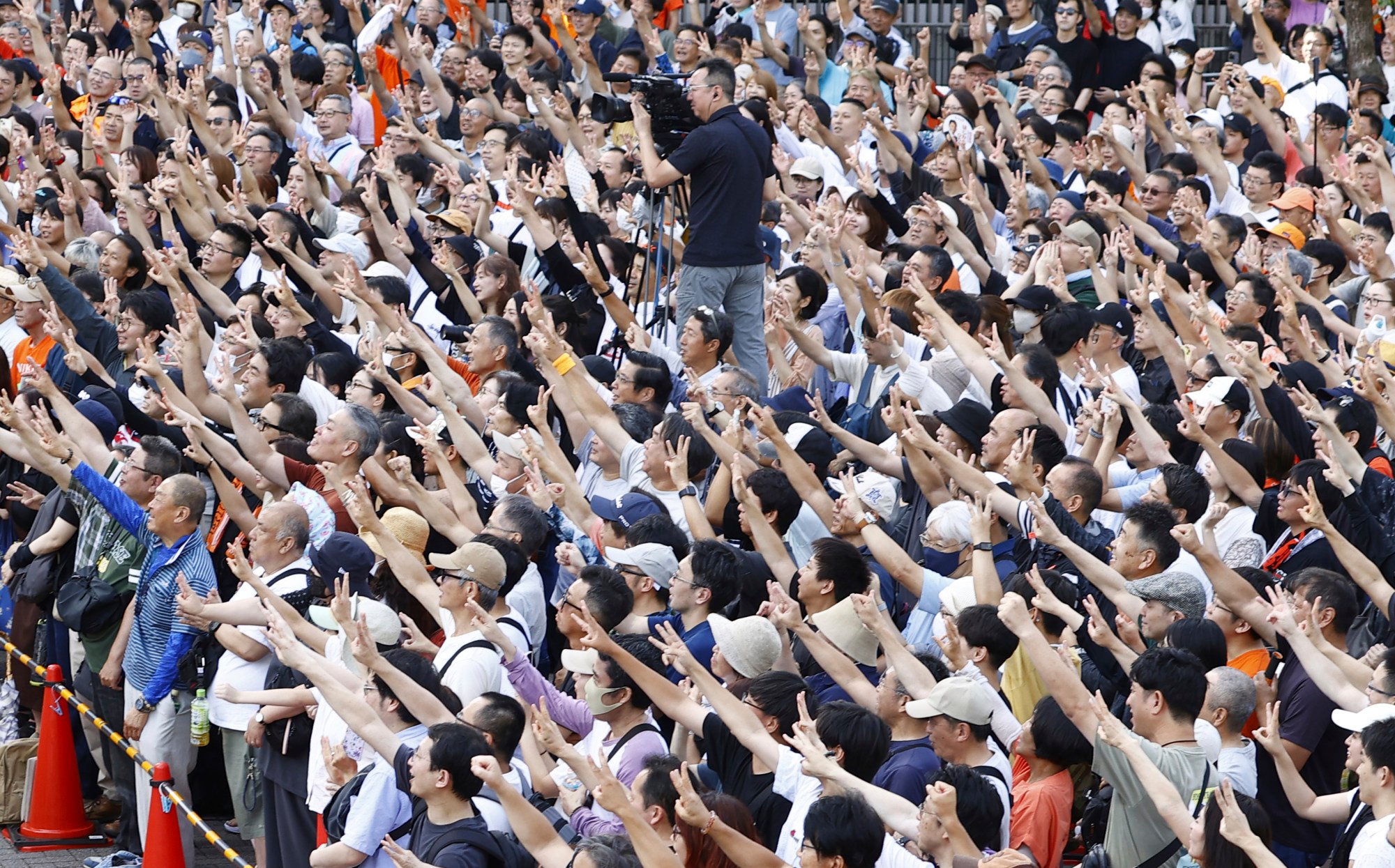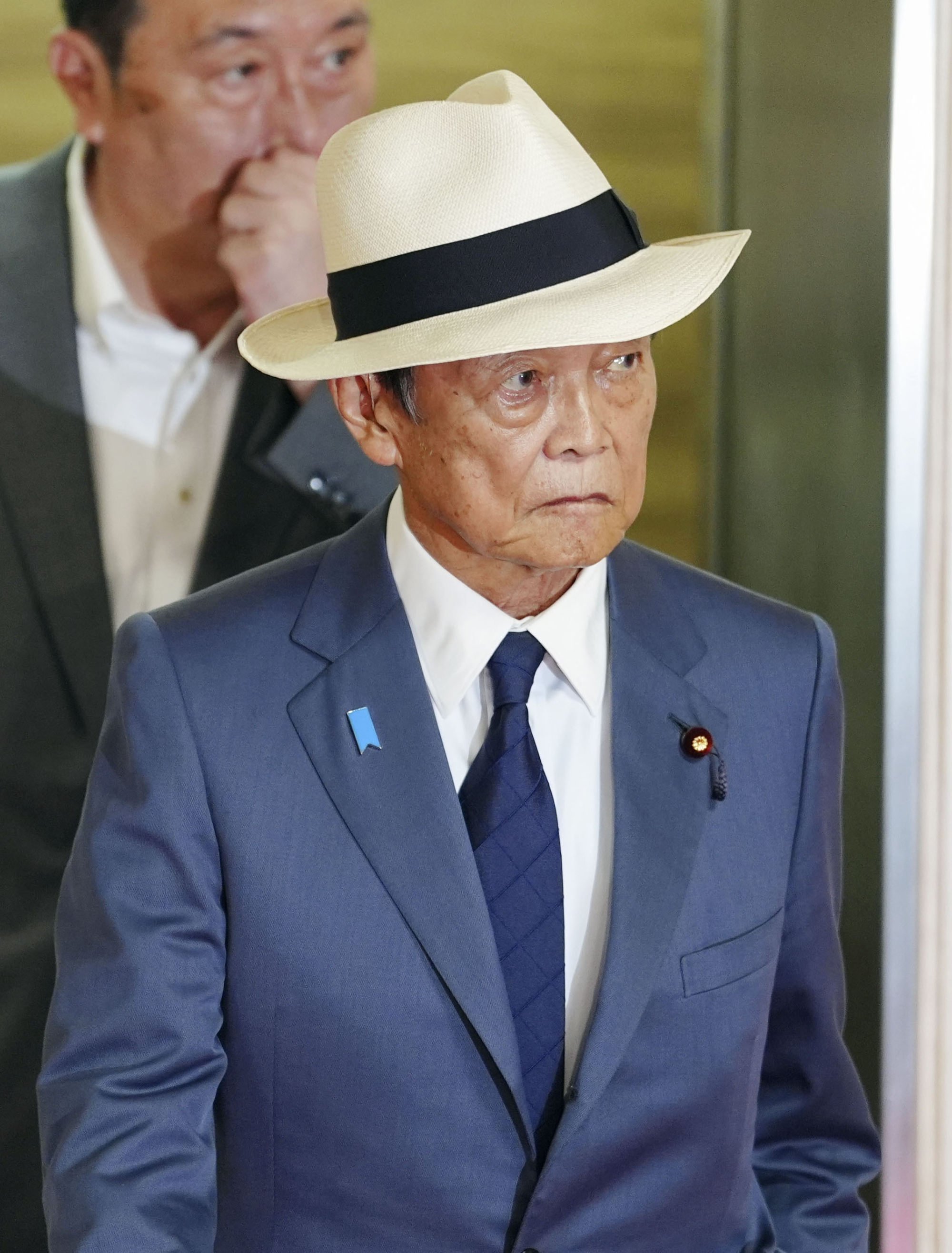Japan’s ruling LDP tips into crisis mode with PM’s expected exit
As rumours swirl of Shigeru Ishiba’s resignation, a leadership contest now looms that risks tearing the ruling Liberal Democratic Party apart

Japan’s ruling Liberal Democratic Party (LDP) is grappling with an identity crisis, its decades-long political dominance rattled first by a humiliating electoral defeat and now, the anticipated resignation of Prime Minister Shigeru Ishiba.
Ishiba, 68, on Wednesday dismissed as “completely unfounded” media reports that he had already decided to step down. But analysts contend that his departure is all but inevitable after the LDP’s second consecutive loss and the collapse of his minority government in both houses of the Diet.
The focus now shifts to who might succeed Ishiba and whether the wounded party, riven by deepening internal schisms, will be able to reclaim the political centre or veer further to the right.
Analysts say the party must decide whether to rally behind a moderate successor in the mould of Ishiba or his predecessor Fumio Kishida, or embrace a rightward shift in an attempt to recover voters drawn to nationalist challengers such as Sanseito and the Conservative Party of Japan.
“Ishiba’s resignation was inevitable,” Hiromi Murakami, a professor of political science at Temple University’s Tokyo campus, told This Week in Asia.
“There are not enough LDP politicians and rank-and-file party members who were still willing to support him when it became obvious that there was no possibility of him succeeding.”
Murakami said there were “two camps” within the LDP: “one that wants him to resign and another that was willing to continue to support him, but the results of the election were too much.”
Ishiba’s party suffered a stinging loss of 18 seats in Sunday’s election, leaving it short of a majority even with coalition partner Komeito. Traditional conservatives defected in large numbers to Sanseito, which surged ahead, winning 12 seats to become the chamber’s third-largest opposition party.

Despite his insistence as recently as Tuesday that he would remain in office, mounting pressure from provincial party chapters, including those in Ibaraki, Ehime, and Kochi prefectures, has sapped away Ishiba’s authority.
A post-election survey by the conservative-leaning Yomiuri Shimbun newspaper put party support at 19 per cent, its lowest since regular polling began in 1978, down from 23 per cent in June.
“A leader who has lost the trust of the people will only prolong the political turmoil,” the paper declared in a scathing editorial. “Prime Minister Ishiba should resign from his post immediately.”
The Yomiuri also accused Ishiba of “repeatedly evading responsibility” and undermining trust in politics, encouraging the defections of LDP supporters.

On Wednesday, the Mainichi Shimbun reported that Ishiba had met three former prime ministers – Taro Aso, Yoshihide Suga and Kishida – to discuss his position, setting the stage for a leadership contest as early as next month.
Potential successors range from Shinjiro Koizumi, the current agriculture minister and son of the popular former prime minister Junichiro Koizumi, to the hawkish Sanae Takaichi and “China-friendly” Chief Cabinet Secretary Yoshimasa Hayashi. Other possible contenders include Taro Kono and finance minister Katsunobu Kato.
Unhandled type: inline-plus-widget {“type”:”inline-plus-widget”}
“No-one has officially announced that they will challenge for the leadership because so many of them lack the support they need,” said Toshimitsu Shigemura, a professor of politics at Waseda University in Tokyo.
“Takaichi lost many of her supporters to the new right-wing parties, Koizumi has not been able to build a strong power base within the party and the others also cannot call on the backing of factions.
There are rumours that Kishida wants to return as prime ministerToshimitsu Shigemura, politics professor
Shigemura said Ishiba had wanted to speak to the trio of previous leaders “to gauge their positions and perhaps even suggest that he stay on”.
“Aso has made it clear he will not support that, but there are rumours that Kishida wants to return as prime minister,” he said.
Some observers say Kishida’s return could offer the party a steady hand and broader support base, especially as his previous tenure was less turbulent than Ishiba’s nine months in office.
The LDP now faces a choice, analysts say: return to the centrist politics that underpinned its post-war success, or embrace the nationalist rhetoric that has energised challengers on its right flank. Either path risks tearing the party apart.
“We could very well see a major power shift within the party, but whichever direction it goes will be very risky,” Murakami said.
A shift to the right could alienate moderates and further fracture the LDP, while sticking to the centre might prompt conservatives to abandon the party for good. For decades, the LDP has been Japan’s catch-all party, adept at being all things to all voters.
But Murakami said those days were swiftly receding. “It is going to be very interesting to see how the party evolves and how a new leader tries to bring it together, but it is clear that the LDP has never before been as close to collapsing as it is today,” she said.